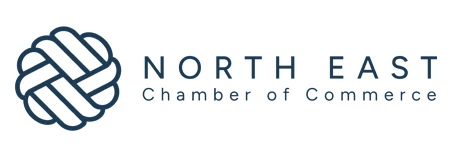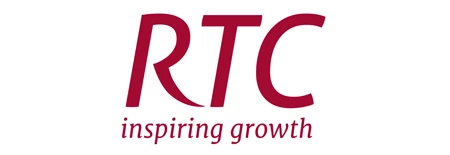Partner Article
Oxford University academic on John Lewis economy
Will Davies, Academic Director of the Centre for Mutual and Employee-owned Business at the University of Oxford, offers his thoughts on the Government’s proposed ’John Lewis Economy.’
In January of this year, the Deputy Prime Minister Nick Clegg announced that the government would be making steps towards supporting a ‘John Lewis economy’. As he put it, liberals “don’t believe our problem is too much capitalism: we think it’s that too few people have capital. We need more individuals to have a real stake in their firms”.
There are undoubtedly many benefits associated with employee ownership, for businesses and society. Employee-owned firms do not face the same pressure to maximise profits for their external shareholders, in the same way that stock market-listed companies or private equity-owned companies do. For this reason they can be managed according to the best long-term interests of the company.
These firms also utilise the knowledge and efforts of their employees to a greater extent. Workers are more engaged and more inclined to share their best ideas. Absence levels are lower, in cultures where individuals have some say in how things are done. Private companies owned by families or founders find that employee buyouts (often done gradually over many years) maintain a sense of continuity, where otherwise business succession can lead to major disruption or even business failure.
But if it’s so great, why isn’t there more of it? And what can government do? The first thing is to be clear about what is meant by ‘employee ownership’. Most companies offer some shares to employees, but without being ‘employee owned’. The model of employee ownership that really makes a difference (and is used by John Lewis) involves the majority of a company’s shares being held in a trust, on behalf of all employees, who then receive an annual dividend payment. With this model, employees don’t have to invest their own savings in the business.
Amongst such businesses, John Lewis is rare for being so big. Realistically speaking, the model is more suited to small and medium-sized businesses, which might otherwise be owned by private owners. But this accounts for nearly 50% of the private sector economy. There is ample scope for growth.
Government can support this in at least two ways. Firstly, Employee Benefit Trusts (which are used to facilitate employee ownership) lost tax relief in 2003, meaning that companies owned in this way are effectively taxed on their profits twice. Money is taxed when it goes into the Trust, then again when it is distributed as dividends. This adds a major tax burden to companies seeking to transfer ownership to employees, or found their business as employee owned. If the tax relief were restored (with mechanisms to prevent it being abused), this would remove a significant obstacle to growth of these firms.
Secondly, there is no easy route to employee ownership, and a lack of professional advice. The government needs to provide an off-the-peg model (or models), which lawyers and accountants can familiarise themselves with, then offer their clients as a form of ownership or business transfer. At present, the options are not clear or widely understood, making it seem like a risky or maverick option.
The current level of political enthusiasm for employee ownership is unprecedented and may not come around again for a long time. It’s crucial that it is translated into actions.
This was posted in Bdaily's Members' News section by Tom Keighley .
Enjoy the read? Get Bdaily delivered.
Sign up to receive our popular morning National email for free.








 Crisis comms lessons from the Astronomer Scandal
Crisis comms lessons from the Astronomer Scandal
 The real cost of tendering for construction SMEs
The real cost of tendering for construction SMEs
 A welcome step forward – but let’s keep pushing
A welcome step forward – but let’s keep pushing
 Industrial strategy 'can drive business forward'
Industrial strategy 'can drive business forward'
 Industrial strategy 'can be game-changer we need'
Industrial strategy 'can be game-changer we need'
 Driving skills forward with near £100,000 boost
Driving skills forward with near £100,000 boost
 What pension rule changes could mean for you
What pension rule changes could mean for you
 North East can't be an afterthought in AI future
North East can't be an afterthought in AI future
 Understanding the impact of the Procurement Act
Understanding the impact of the Procurement Act
 Is the UK losing ground in life sciences investment?
Is the UK losing ground in life sciences investment?
 Construction workforce growth can't be a quick fix
Construction workforce growth can't be a quick fix
 Why it is time to give care work a makeover
Why it is time to give care work a makeover